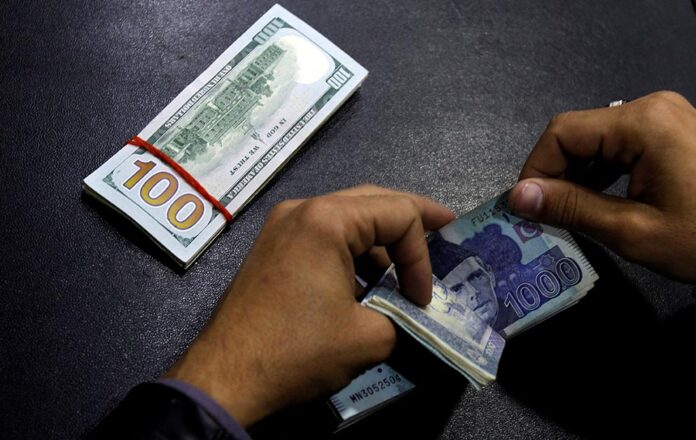In a significant blow to Pakistan’s economy, the U.S. has imposed a 29% tariff on Pakistani goods, expected to result in a $1 billion loss for the country. As reported by The Ministry of Commerce.
Despite this setback, the U.S. is forecasted to continue facing a trade deficit of $2 billion with Pakistan, underscoring the complex trade dynamics between the two nations.
The total trade volume between Pakistan and the U.S. reached $7.3 billion in the past fiscal year.
While the U.S. exported $2.1 billion worth of goods to Pakistan—marking a 4.4% increase—Pakistan’s exports to the U.S. surged to $5.1 billion, up by 4.9%.
However, this has only deepened the trade imbalance, with the U.S. deficit with Pakistan growing by 5.2% to $3 billion.
Pakistan’s export sectors, particularly textiles and apparel, which make up 55% of exports to the U.S., are facing serious challenges.
The tariff threatens to drive up prices and reduce demand, potentially harming the country’s largest export category.
The information technology sector, also showing strong growth with exports exceeding $1 billion, may not be immune to the ripple effects.
The tariff’s impact could result in an overall decline in exports by 10-15%, adding strain to Pakistan’s already fragile economic position.
In response, the Ministry of Commerce has emphasized the urgency of trade talks with the U.S. to minimize the damage and seek adjustments to the tariff that could benefit both economies.
While the situation remains fluid, Pakistan is poised to engage in strategic negotiations to safeguard its trade interests and reshape the future of U.S.-Pakistan economic relations.




